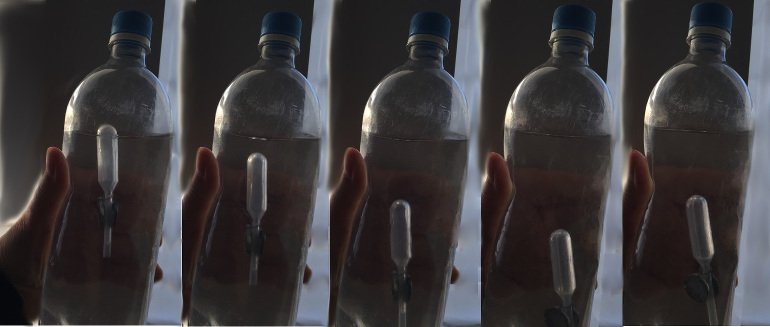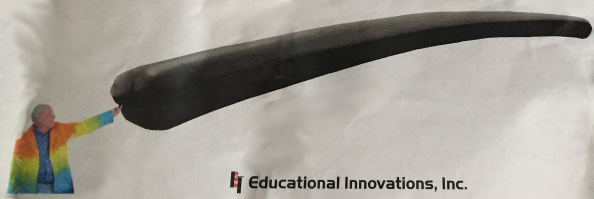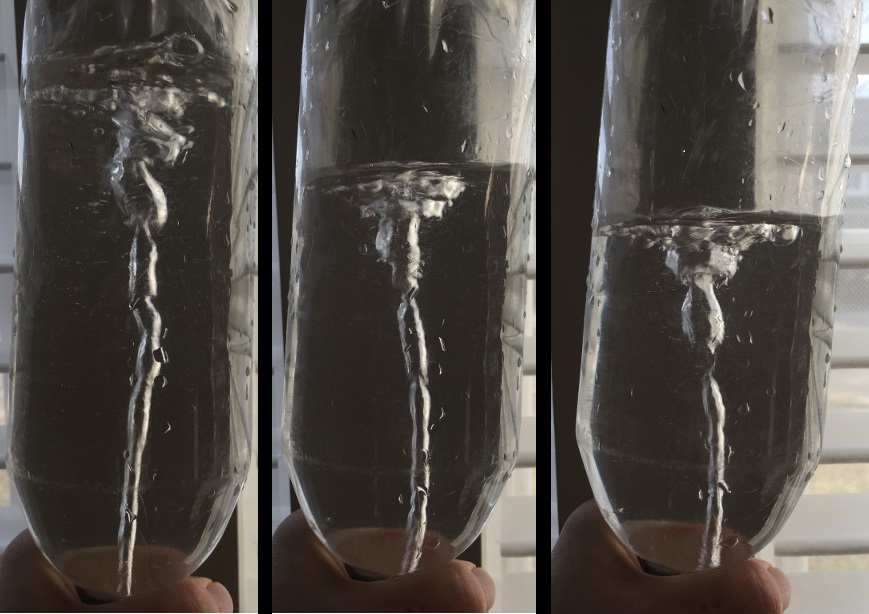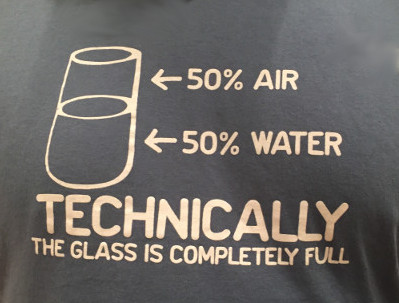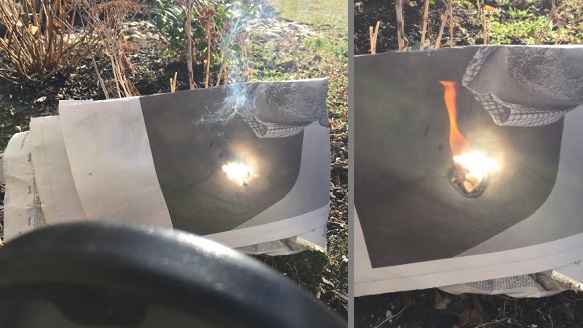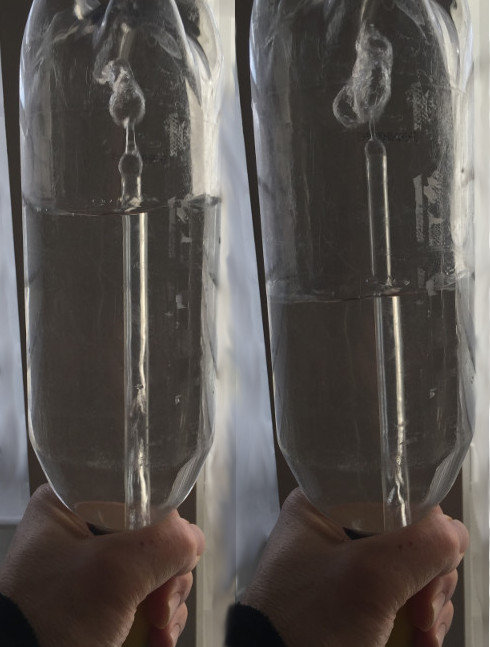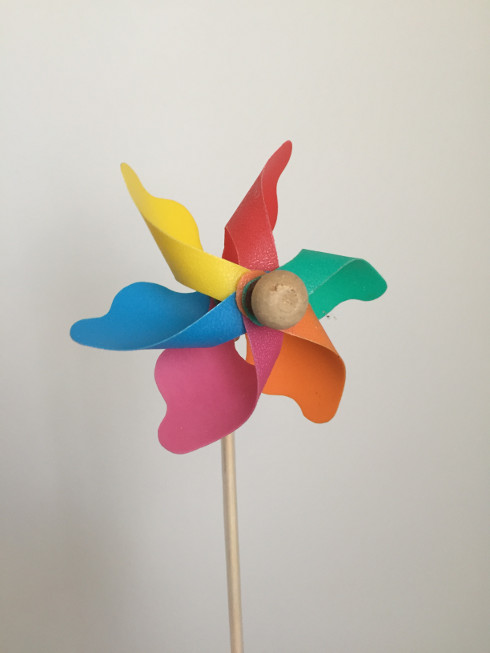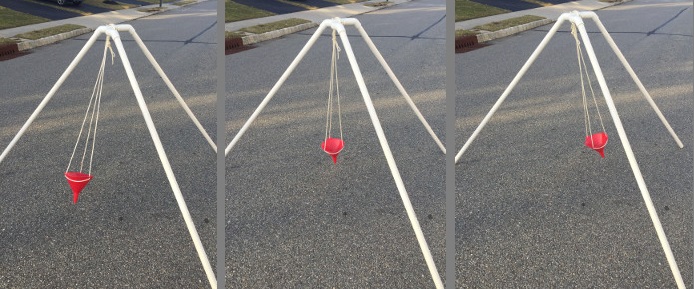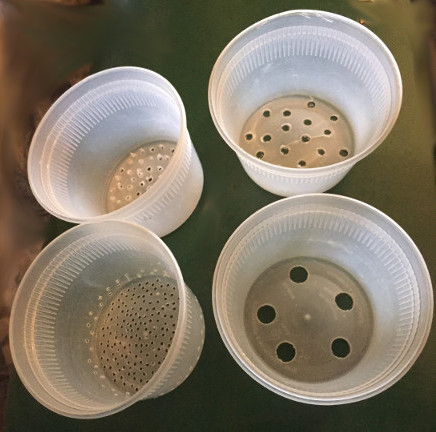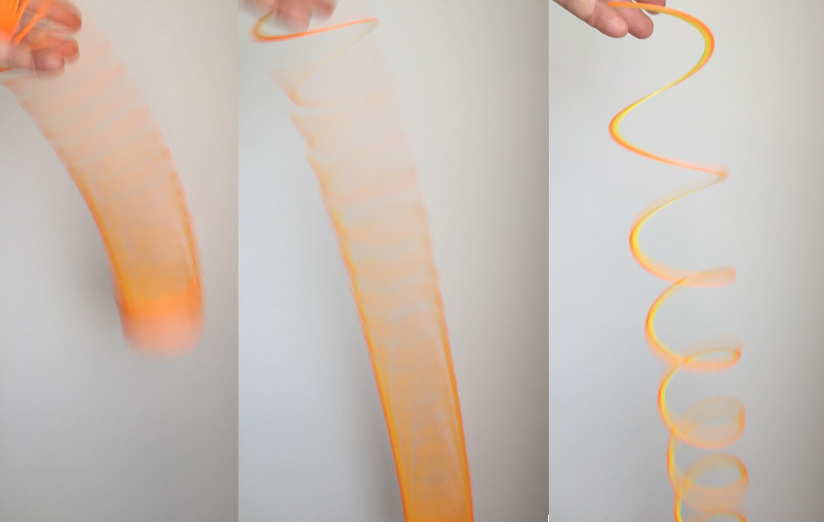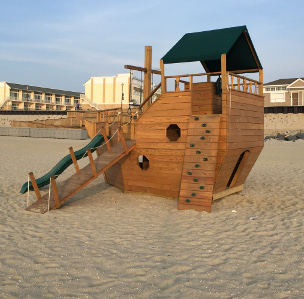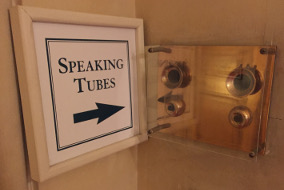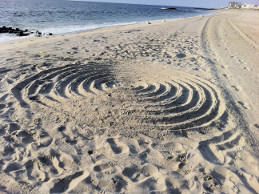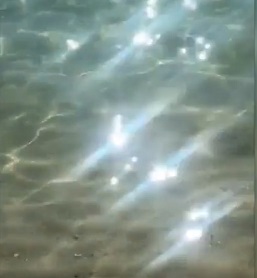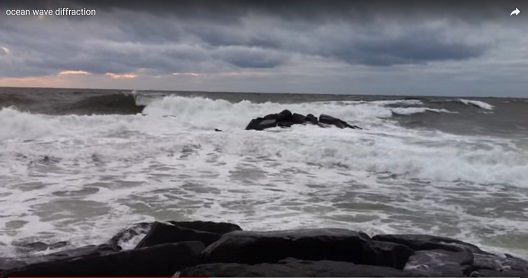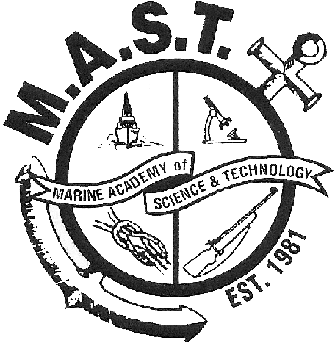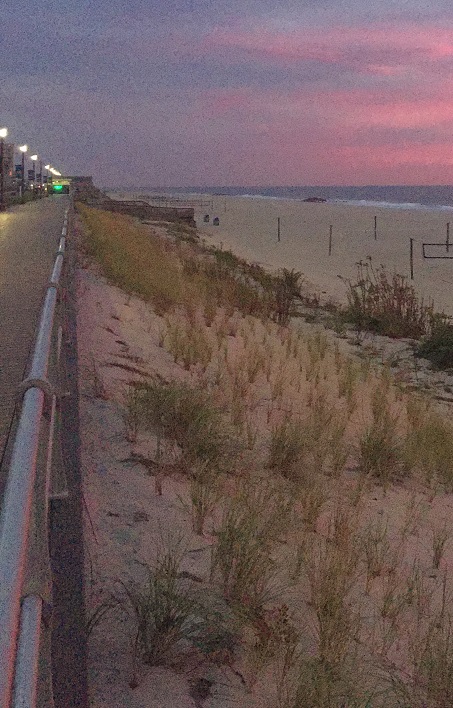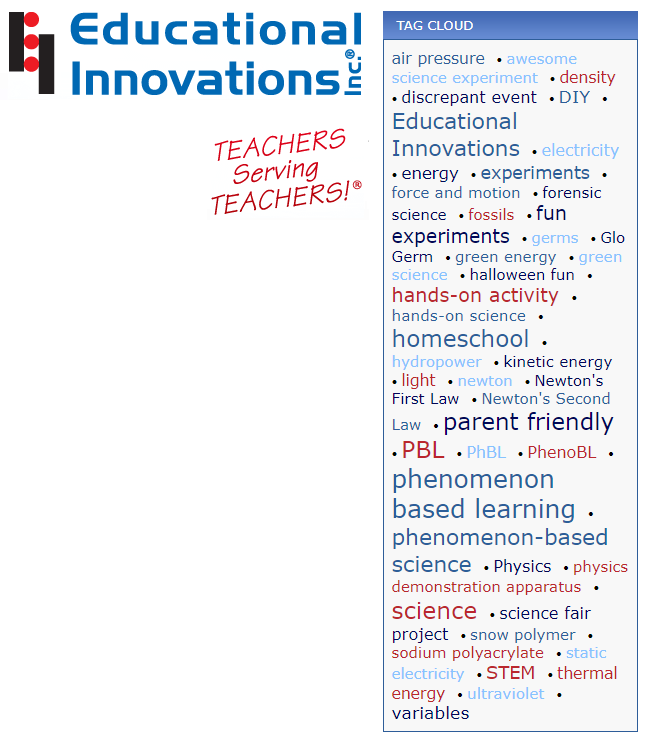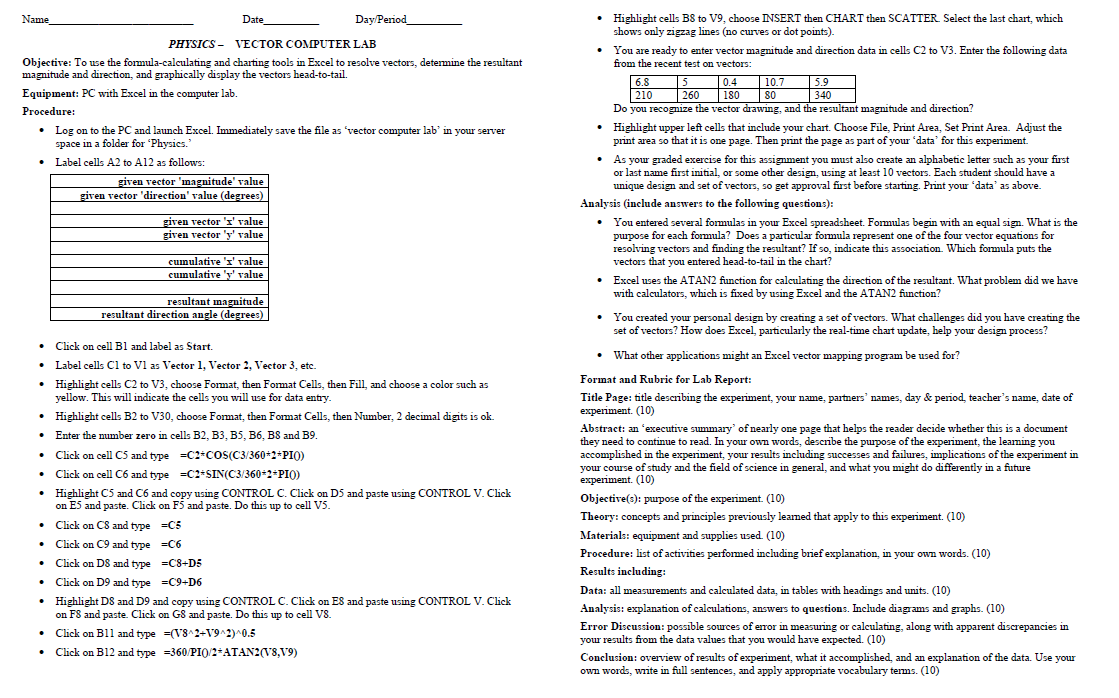Imagine a typically busy day at the Jersey shore. You and your family have immersed yourselves in sun, sand and water, and might be ready for a change of pace by mid-afternoon.
Hopefully you will encounter a presenter from scienceonthebeach.com doing a free, on-the-beach, half-hour-long program of interactive physical science demonstrations.
scienceonthebeach.com is designed to engage, entertain and inform by linking physical science concepts with the out-of-the-classroom, unique beach experience.
scienceonthebeach.com provides young beachgoers and their families with an extra component and complement to their day of fun at the beach at Long Branch, NJ.
Your feedback is valuable... please contact us with suggestions, corrections and comments.

